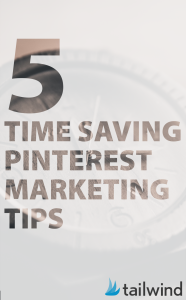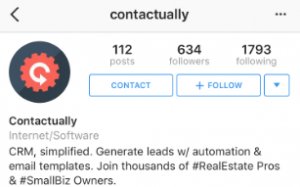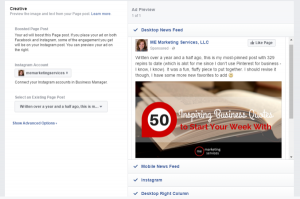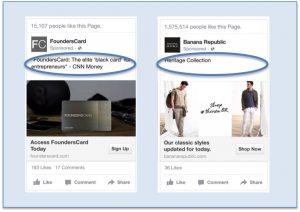When you’re trying to build a business it’s easy to assume the #1 thing you need to focus on (after you’ve setup up the basics of your website or store), is figuring out how to drive traffic to your shop. But turning an idea into a profitable business takes more than a solid marketing strategy and a website.
You can drive all of the targeted traffic in the world and have a great conversion rate, but if you haven’t learned how to set a profitable product price before that traffic rolls in, you’re putting yourself on the fast track to burnout and an unprofitable business.
As you start to work through your profitable pricing strategy, here are 4 common strategies to avoid if you’re serious about building a profitable business.
(1) Setting your price equal to or just below your competitor’s price
Did it catch you by surprise that this one is on the “mistakes” list?
Here’s the deal – you do want to have an idea of how much top sellers in your niche are charging for their products.
What you don’t want to do is pick one of those prices under the assumption your competitor(s) already knows something you don’t. Unless you know how much their product costs to make, how their business operations are set up, their overall strategy, etc., you have no way to know if their pricing strategy is profitable for them, let alone if it’ll work for your business.
Copying their pricing structure without understanding the full picture puts you at risk for building a strategy that (a) doesn’t work and (b) you can’t sustain.
(2) Crowdsourcing your prices in Facebook groups (or other networking groups)
While it can be super tempting to crowdsource your prices from other business owners, if you don’t know them personally and don’t know for a fact that they are running a profitable business with a well thought out pricing strategy, you risk getting recommendations from people who fall prey to all of the mistakes in this post.
And even worse, unless the two of you sit down to go through your numbers and your strategy together, they aren’t going to know much about your business so they’ll be making recommendations based solely on their opinions instead of any hard numbers (like your material costs or how long it takes to make your product or whether you make it in a factory or with a team or by hand.)
If you want to poll an audience, instead of asking “how much would you pay,” ask them to share their favorite resources for setting prices. That way you can do the research yourself, using what you know about your own business, and make fact-based decisions that work for you.
(3) Assuming you can’t charge more than you’d be willing to pay yourself
It’s easy to undervalue your work and to struggle to charge prices that lead to you being fairly compensated for your efforts.
Sometimes you just don’t feel like your work is good enough to sell.
Sometimes the struggle results from your hesitation to spend money on yourself in general, which then makes it hard to understand why your customers would want to spend money on your product.
And it’s also easy to forget that you generally aren’t your target market – you have a problem and you also have the solution (your product or service).
Your target market has a similar problem with no solution, or a less than ideal, “makes them want to pull their hair out” solution.
And if your product solves their problem, there’s no reason not to set a price that supports the value your providing.
(4) Asking friends and family how much they’d be willing to pay
It’s so easy to assume that because your friends and family love the work you’re doing, they’ll be great resources when it comes to figuring out the right price to charge.
But when asked out of context, people tend to respond to money questions conservatively – “I’d rather not pay more than $ 30” or “I’d probably we willing to spend $ 20.”
The reality is, their willingness to spend money is dependent on so many factors – how much money they have in their wallet that day, whether they’re shopping on Amazon or Anthropologie, whether or not the lifestyle presented in your product photos is in line with the kind of life they’re striving to build, etc.
Ultimately, your ideal customer’s willingness to spend has less to do with how much they “think” they’d pay, and a lot more to do with how much they value the experience they believe your product will give them. And that value is hard for people to put a number on.
So what should you do?
While it’s tempting to let emotions and opinions lead the way when it comes to pricing your product, if you’re serious about building a profitable business you must take the time to understand your numbers (cost, profit margin, etc.) and lead with equations rather than emotions to avoid setting a price that ultimately leads to an unprofitable business.
Business & Finance Articles on Business 2 Community
(18)








